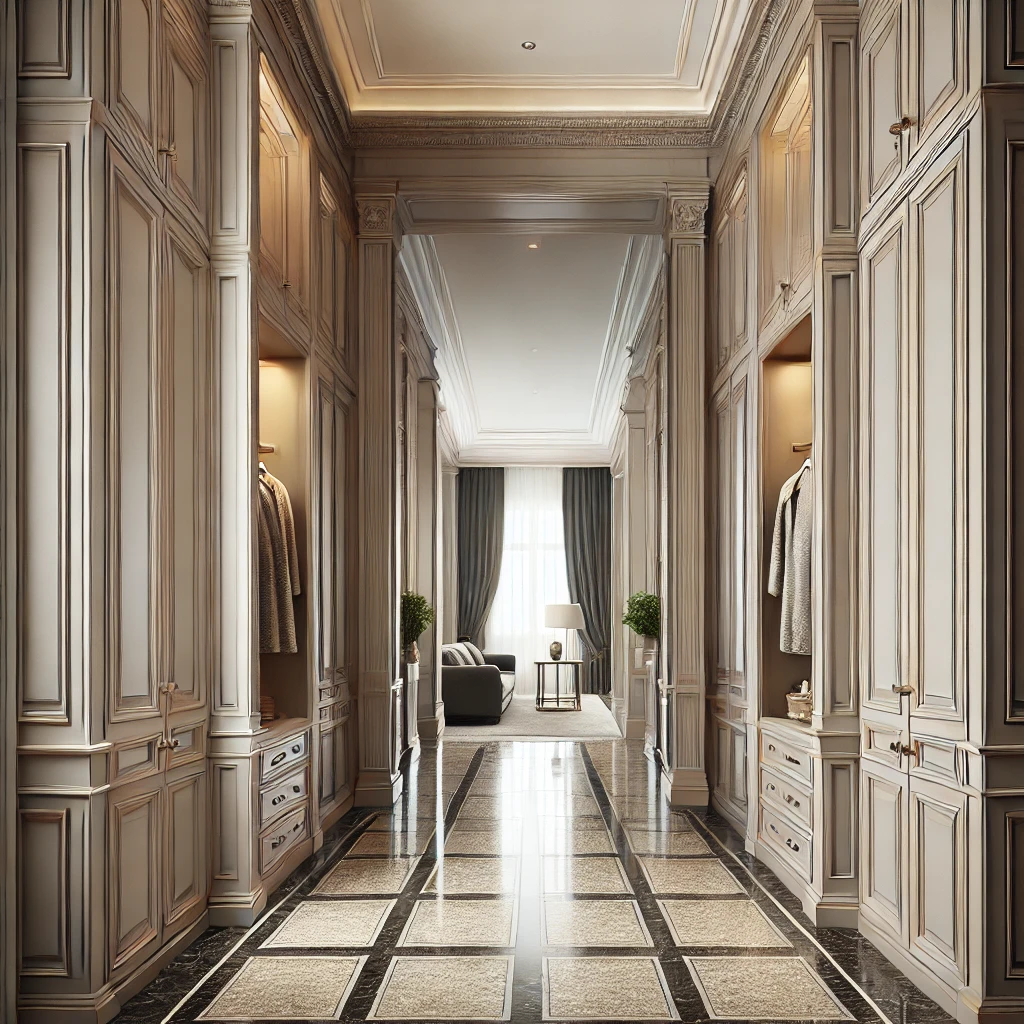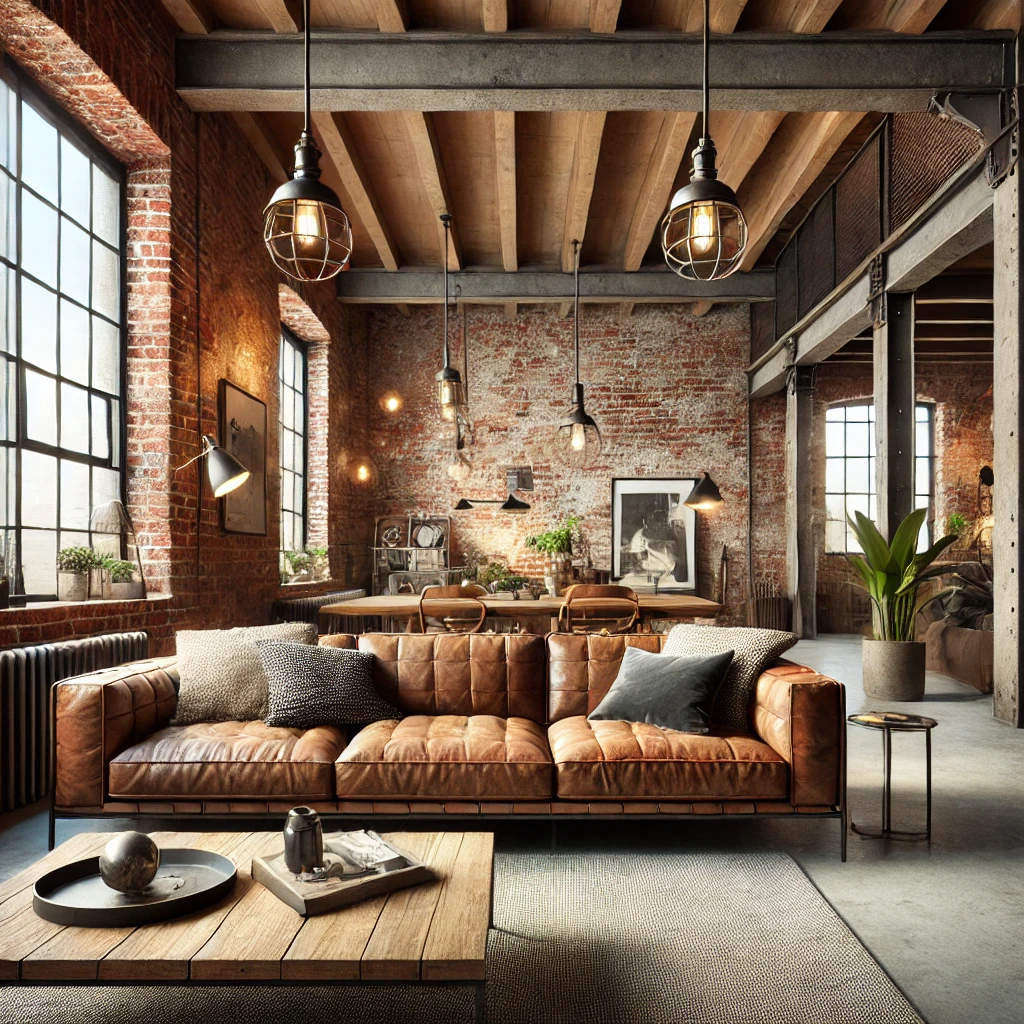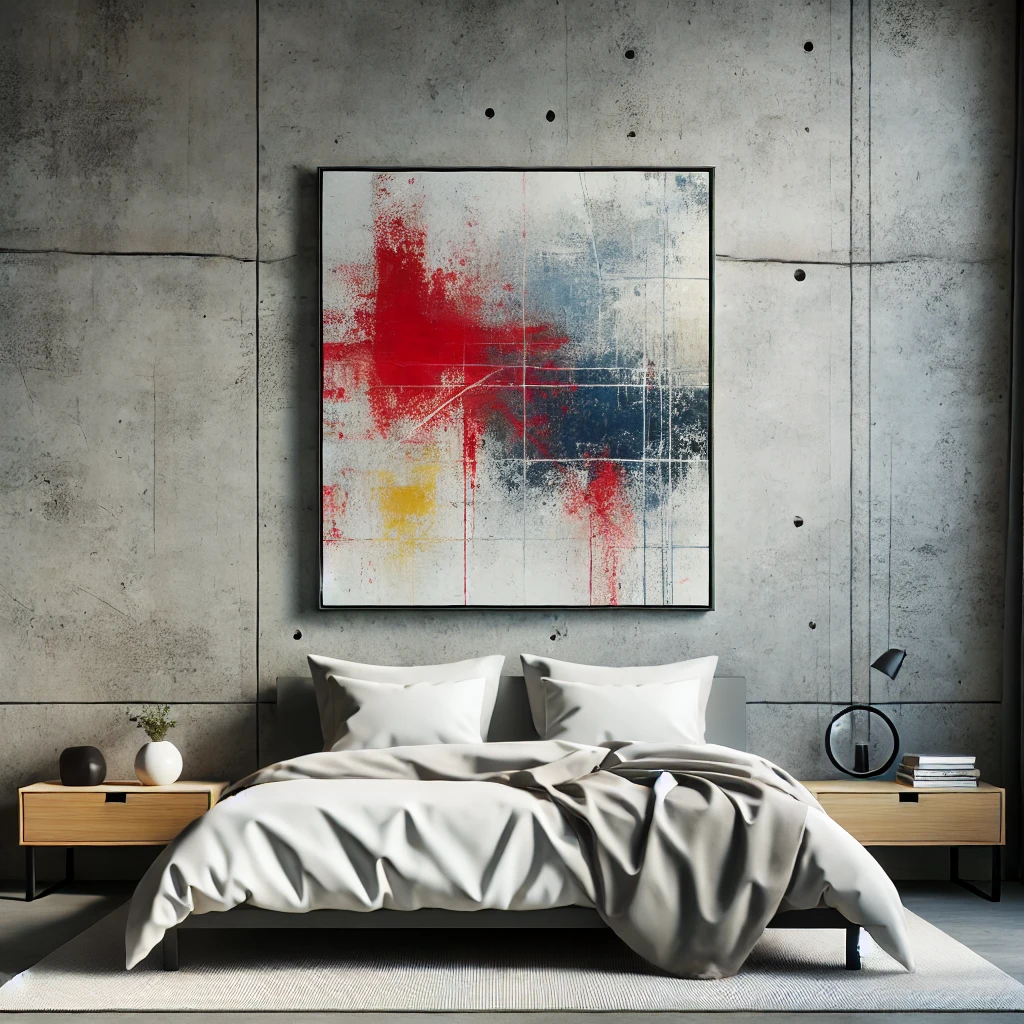Painting a Ceiling with Limewash Paint

Can I Paint the Ceiling with Limewash?
Yes, applying ZUBRA Limewash paint on the ceiling is possible and effective using the brush technique, identical to that used for painting walls. For optimal results, it is recommended to start painting from the part of the ceiling closest to the window, continuing the work opposite to the direction of the light. This method allows for an even application of the paint and avoids shadows.
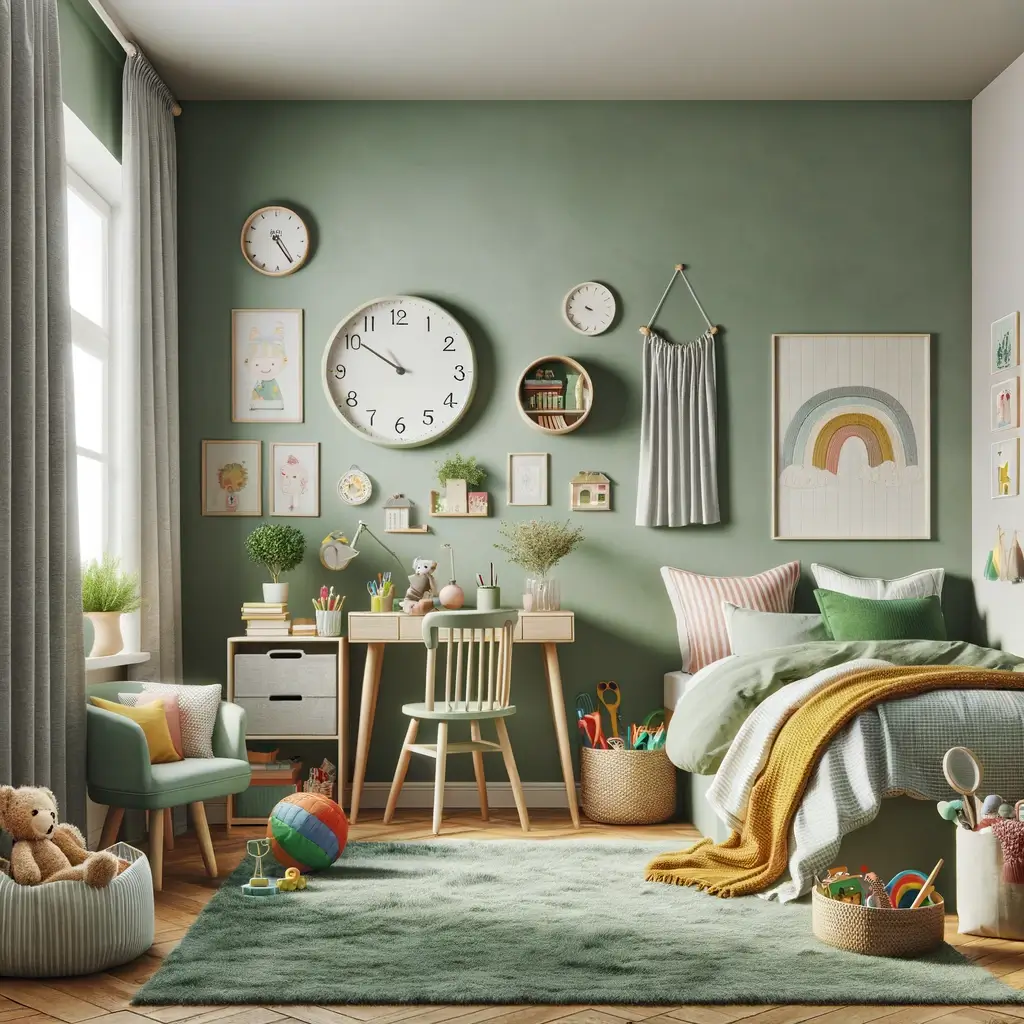
Tips:
- Using a portable scaffold can significantly facilitate the ceiling painting process, providing easier access and greater comfort. Such scaffolding is widely available for rent in many countries and regions.
- Before starting to paint, ensure that the ceiling is properly primed and prepared. Proper surface preparation is essential to ensure that the limewash paint adheres well and presents as expected.
- The process of applying Limewash paint to ceilings is no different from painting walls. For more detailed guidance on preparing the ceiling before painting with Limewash, we encourage you to check out our surface preparation guides. You will find valuable information that will help you adequately prepare the surface and achieve the desired effects.
Advanced Techniques for Painting a Ceiling with ZUBRA Limewash Paint
Painting a ceiling with ZUBRA Limewash paint is not only a simple task but also an opportunity to add unique character to your interior. Using this natural and eco-friendly paint allows you to achieve effects that would be difficult to obtain with traditional paints. Below are advanced tips and techniques to help you fully exploit the potential of Limewash paint on the ceiling.

Preparation Before Painting
Before starting to paint, it is crucial to thoroughly prepare the ceiling surface. This includes not only cleaning it from dust and dirt but also removing any greasy stains or other contaminants that may affect the paint’s adhesion. For old paints or plasters, it is recommended to gently sand the surface with sandpaper to ensure better adhesion of the Limewash paint.
Choice of Tools
For applying Limewash paint on the ceiling, a wide brush designed for lime paints works best. It allows for even distribution of the paint and achieving the desired texture. You may also consider using a roller, especially for larger surfaces, which can significantly speed up the painting process.
Painting Technique
The key to achieving the best result is the painting technique. Starting from the edges near the window, paint with strokes directed away from the light. This way, you avoid creating unwanted shadows. While painting, try to apply the paint evenly, but do not worry about slight texture differences – these add character to the Limewash finish.
Layering and Texture
One of the unique features of Limewash paint is the ability to build texture by applying multiple layers. Each subsequent layer should be applied after the previous one has completely dried, which can take from a few hours to a whole day, depending on the conditions. Layering allows you to achieve color depth and texture richness impossible with a single layer.
Drying and Curing Time
Although Limewash paint dries relatively quickly, it is important to give it enough time to fully cure. This process is crucial for the durability and strength of the final finish. As mentioned earlier, Limewash paint absorbs carbon dioxide from the air, allowing it to naturally cure. The full curing process can take up to 2 weeks, depending on atmospheric conditions and room ventilation.
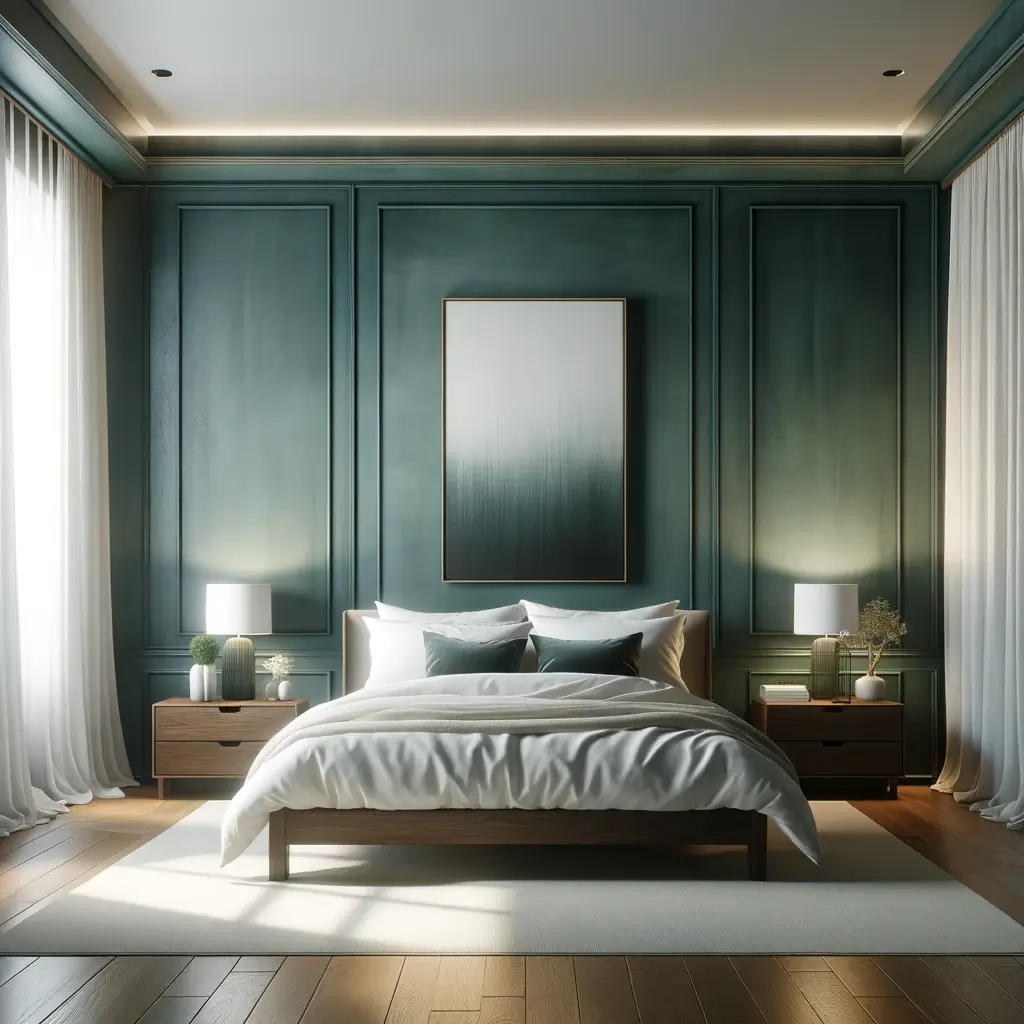
Maintenance and Care
Surfaces painted with Limewash paint are easy to maintain. If necessary, minor dirt can be gently removed with a damp cloth. However, it is important to avoid using strong detergents that can damage the natural finish of the paint.
By following these advanced tips and techniques, painting a ceiling with ZUBRA Limewash paint can become not only a simple task but also a way to highlight your interior. The natural finish, unique texture, and eco-friendly nature of Limewash paint will give your rooms an unparalleled atmosphere.
Common Challenges and Solutions
Painting a ceiling with Limewash paint can come with some challenges. Here are a few common issues and how to address them:
- Uneven Coverage: If you notice uneven coverage, try applying additional layers of Limewash paint. Ensure each layer is completely dry before applying the next to build up the color and texture gradually.
- Drips and Runs: To avoid drips and runs, do not overload the brush or roller with too much paint. Apply the paint in thin, even coats and smooth out any excess immediately.
- Visible Brush Strokes: If brush strokes are visible, use a crosshatch technique, brushing in one direction and then another, to blend the paint more effectively. Alternatively, using a roller can help achieve a smoother finish.
- Color Variations: Since Limewash paint can appear different depending on lighting and application, always test a small area first. If color variations are too pronounced, consider mixing batches together to ensure consistency.
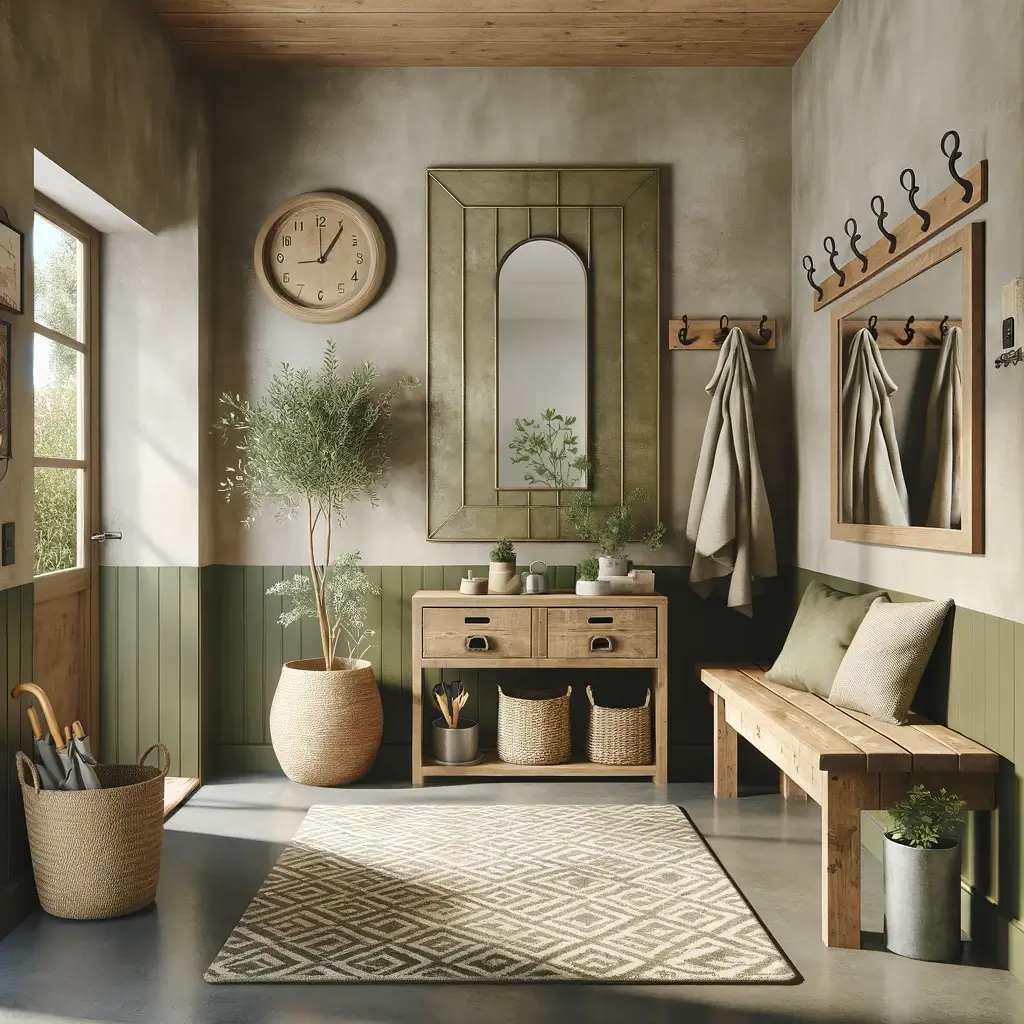
Benefits of Using Limewash Paint on Ceilings
Choosing Limewash paint for your ceiling offers several advantages:
- Eco-Friendly: Limewash paint is made from natural materials and is low from harmful chemicals, making it an environmentally friendly choice.
- Breathability: Limewash allows walls to breathe, reducing the risk of moisture buildup and mold growth, which is particularly beneficial in rooms with high humidity.
- Aesthetic Appeal: The natural, matte finish of Limewash paint adds a unique and timeless look to any room, enhancing the overall aesthetic with its soft, textured appearance.
- Health Benefits: Limewash paint has low VOCs (volatile organic compounds) and other harmful substances, making it a healthier option for indoor air quality.
Choosing the Right Color and Finish
When selecting a color and finish for your Limewash-painted ceiling, consider the following tips:
- Light Colors for Height: Light colors can make a room feel larger and the ceiling higher, creating an airy and spacious feel.
- Complementary Shades: Choose a color that complements your walls and furnishings to create a cohesive and harmonious look.
- Texture and Depth: Experiment with different application techniques to add texture and depth to the ceiling, enhancing the visual interest of the room.
Conclusion
Painting your ceiling with ZUBRA Limewash paint can transform your space with its natural beauty and unique finish. By following the proper preparation, application techniques, and maintenance tips, you can achieve a stunning and durable result. Embrace the eco-friendly and aesthetic benefits of Limewash paint to create a healthier and more beautiful living environment.





